About Us
Cardiac care is essential for the community and it needs to reach the entire strata of the society.
Our efforts have been to establish the same and to continue it over the longest period of time.
With, more than 15 outreach clinics running across 13 districts of North and South Bengal, we have tried to set up an effective and integrated network of improved and advanced form of cardiac care, easily accessible to the people of the community.
Our aim is solely directed to patient care, patient safety and to offer patients the entire range of cardiac investigations (basic and advanced), treatments (extensive and minimally invasive), and regulated follow ups for a comprehensive and responsible cardiac care.
Ranging from Open Heart Surgeries like CABG, Valve Surgeries to Minimally Invasive Surgeries, Heart Failure Treatments and surgeries, Endovascular and Hybrid Surgeries, we offer our patients, the entire domain of Cardiac Surgical treatment Options as according to the patients’ need and diagnosis.
Our diligent efforts are directed at fulfillment of the optimum requirements to establish a cardiac care par excellence with the co operation and co ordination amongst our patients and our entire staff and co workers as a whole
- arnabmaitybusiness01@gmail.com


